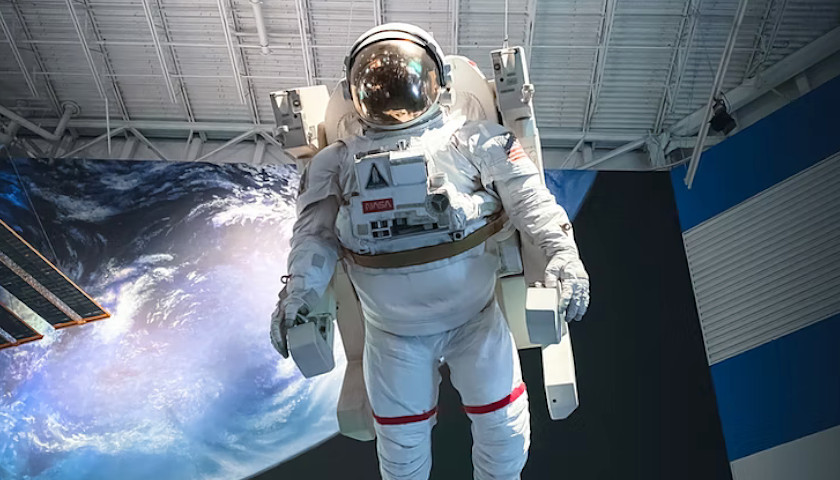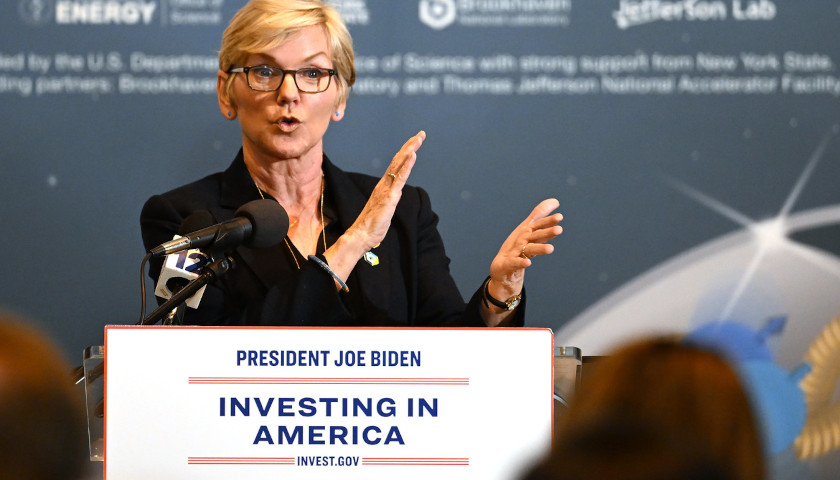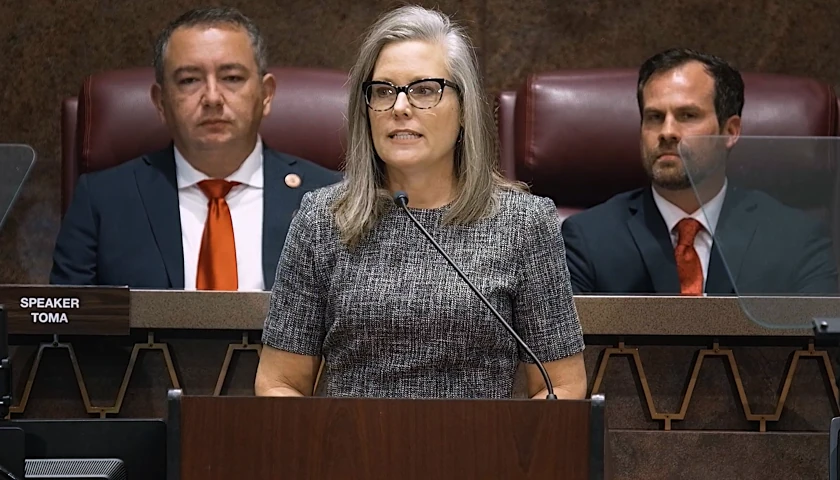by Ross Pomeroy
Scientists in the faculty of Dental Medicine and Oral Health Sciences at McGill University have turned up a serious void in the scientific literature. Despite all of the research conducted on the effects of long-term space travel on human health, we seem to have neglected to study what happens to our teeth! Imagine an intrepid team of explorers journeying to Mars on a multi-year mission, then gradually discovering that their chompers have grown brittle and weak. They’re soon wracked with pain when chewing, making eating a torturous chore and completing their duties much more difficult.
Is this concerning scenario likely to happen? We don’t know. And that’s the problem. We already know that microgravity erodes bone mass, atrophies muscles, and worsens eyesight, among other deleterious effects. Teeth could easily succumb to problems as well.
“Estimating the risk of dental problems in long-duration space missions to the Moon and Mars is critical for avoiding dental emergencies in an environment that does not support proper treatment,” the researchers wrote in a paper published last month to the journal JDR Clinical & Translational Research.
Authors M.S. Moussa, M. Goldsmith, and S.V. Komarova systematically searched the published literature for studies exploring the effects of spaceflight on teeth and facial bones. They found 32 in total, of which 26 were conducted on rodents and only six on humans. Unfortunately, the experiments tended to be short in length and out-of-date. Most were conducted in the 20th century and lasted fewer than three weeks. Crucially, none of the studies even explored spaceflight’s effects on human teeth.
Analyzing all of the rodent experiments together, the researchers found that animals housed in space and back on Earth which were fed identical diets showed no statistical differences in tooth volume and dentin thickness. But the studies’ results were all over the place, with some finding reductions and others improvements. Dentin is a calcified tissue that makes up a significant proportion of teeth and lies just below the outer enamel.
Numerous factors complicate the interpretation of these results in terms of what they mean for human space travelers. For one, rodent diets were significantly different between studies. Some rats were fed food pastes, others fortified rice, and others NASA-developed food bars. Moreover, the experimenters only looked at rodents’ incisors, the teeth at the very front of the mouth. Lastly, as the researchers wrote, “incisors in rodents are exceptionally different from humans—they are continuously erupting, and tooth enamel and dentin are constantly deposited by ameloblasts and odontoblasts.”
The takeaway: we really need to carry out long-term studies on the effects of spaceflight on our teeth. This will allow us to prevent any potential issues that may arise during an extended trip to the Moon or Mars, perhaps by dietary (i.e. eating more crunchy, firm foods) or medicinal (specialized toothpase) means. If such issues do occur, researchers are already theorizing advanced space-based dental procedures.
During a stay on the space station Mir, cosmonaut Yuri Romanenko reportedly had a toothache so painful that it “was causing his eyes to literally roll.” He was forced to endure it for two weeks before his scheduled return to Earth. We don’t want that to happen on Mars.
NASA already mandates that astronauts have good oral hygiene before launching to space, but regular brushing and flossing may not abate the ravages of microgravity.
“Concrete understanding of the effects of microgravity… is important for understanding the risks of space travel for oral health and for developing the strategies to mitigate these risks as humanity continues to explore the cosmos,” the researchers conclude.
Source: Moussa MS, Goldsmith M, Komarova SV. Craniofacial Bones and Teeth in Spacefarers: Systematic Review and Meta-analysis. JDR Clinical & Translational Research. March 2022. doi:10.1177/23800844221084985
– – –
Ross Pomeroy is a writer for RealClearScience.








